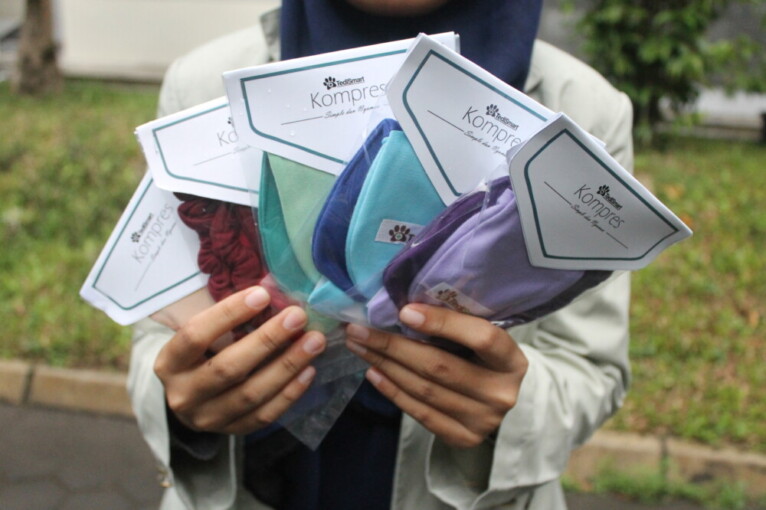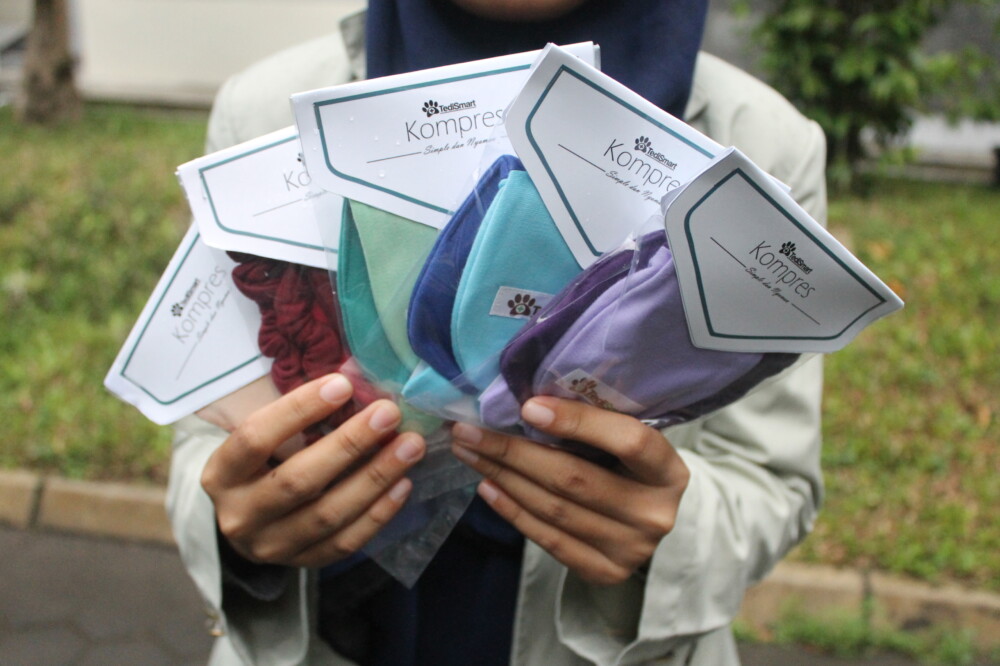Do you know that insect could be used for identification of corpse? A group of students of the Faculty of Biology UGM managed to uncover the potential of insects, especially necrophagous insects, as an identification marker of the corpse autopsy process.
The students are Eric Anindita, Dini Pramesti, Hanifa Hanini, Monica Bataona, and Diva Pungky Wicaksono. Hanifa said that an autopsy process often received a negative response from people since autopsy can damage some organs. It is often considered to affect the sanctity of the funeral process. This problem triggered them to conduct a research on forensic entomology.
“Forensic Entomology (Entoforensik) is a method that uses the insect as identification marker,” she said, Friday (17/6).
Necrophage is a decomposing insect. It is capable of demonstrating technicality of a murder such as its location and timing. This insect has been used as a bio-marker to assist the investigation of a murder case.
“Forensic Entomology is considered quite profitable due to the equipment required and the suitability of the ethical treatment of the bodies,” she explained.
Research carried out by the mimicking technical murder in general uses guinea pig. Animals were given a treat of attempted murder through neck dislocation, open wound, administration of chemical reagents with excessive doses, and the burning of a guinea pig. The guinea pigs that have been killed are put on three different ecosystems, forests, settlements, and rivers. They are observed in the morning, noon, afternoon, and evening.
The research finding showed each treatment attracted different insects. The presence of this particular insects shows each treatment of death and murder site that can be used as a technical identifier of death, the murder scene, and the time by rearing insect larvae during metamorphosis.
Soursop Leaves Potential for Wound Healing in Diabetes
Another group of UGM students also conducted a research to determine the potential of soursop leaf for diabetic wound healing. They are Elsa Mukti Atmaja, Nurulita Ainun Alma, Muhammad Rendi, Afifah Khoiru Nisa, and I Gede Agus Brahmantya N of the Faculty of Medicine.
This study started from their concern for diabetics who experience diabetic foot ulcers. Improper handling of this case can lead to amputation.
“Legs that are not cured accounted for 85% of lower extremity amputations,” said by Elsa.
While several studies have been conducted and resulted that soursop leaves can lower blood sugar levels in rats up to 75% without giving any toxic effects to the healthy mice. Additionally, the leaves can also accelerate wound healing because it contains antioxidant and anti-inflammatory compounds.
They also investigate further to determine the effect of soursop leaf extract on wound healing in diabetics. This research is expected to provide alternative therapy on wound healing in diabetics.





